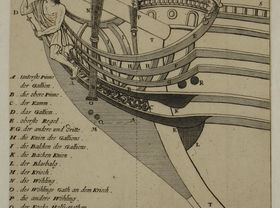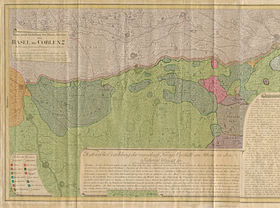Nao (14th–16th century)
The nao was a type of ship developed in Portugal, to begin with, during the fourteenth and fifteenth centuries. Its name comes from navio, the Portuguese derivative of the Latin word for a ship. The nao had two to three masts and the hull was built of planks butted smoothly edge to edge: the carvel [sic] method. However, this sturdily built ship was larger and heavier than a caravel. The hull had a markedly bulbous form, which increased the ship’s cargo capacity, topped with high bulwarks. In his journals, Columbus referred to his flagship, the Santa Maria, as “la nao”.
The following information refers to the specific ship represented by the model.
Nao (c. 1490)
· Region: Portugal, Spain (Atlantic, Mediterranean)
· Length: 21.50 m
· Beam: 8.30 m
· Propulsion: sail
· Sail area: approx. 300 m²
· Carrying capacity: approx. 200 tonnes
· Speed: approx. 6 knots (~ 11 km/h)






